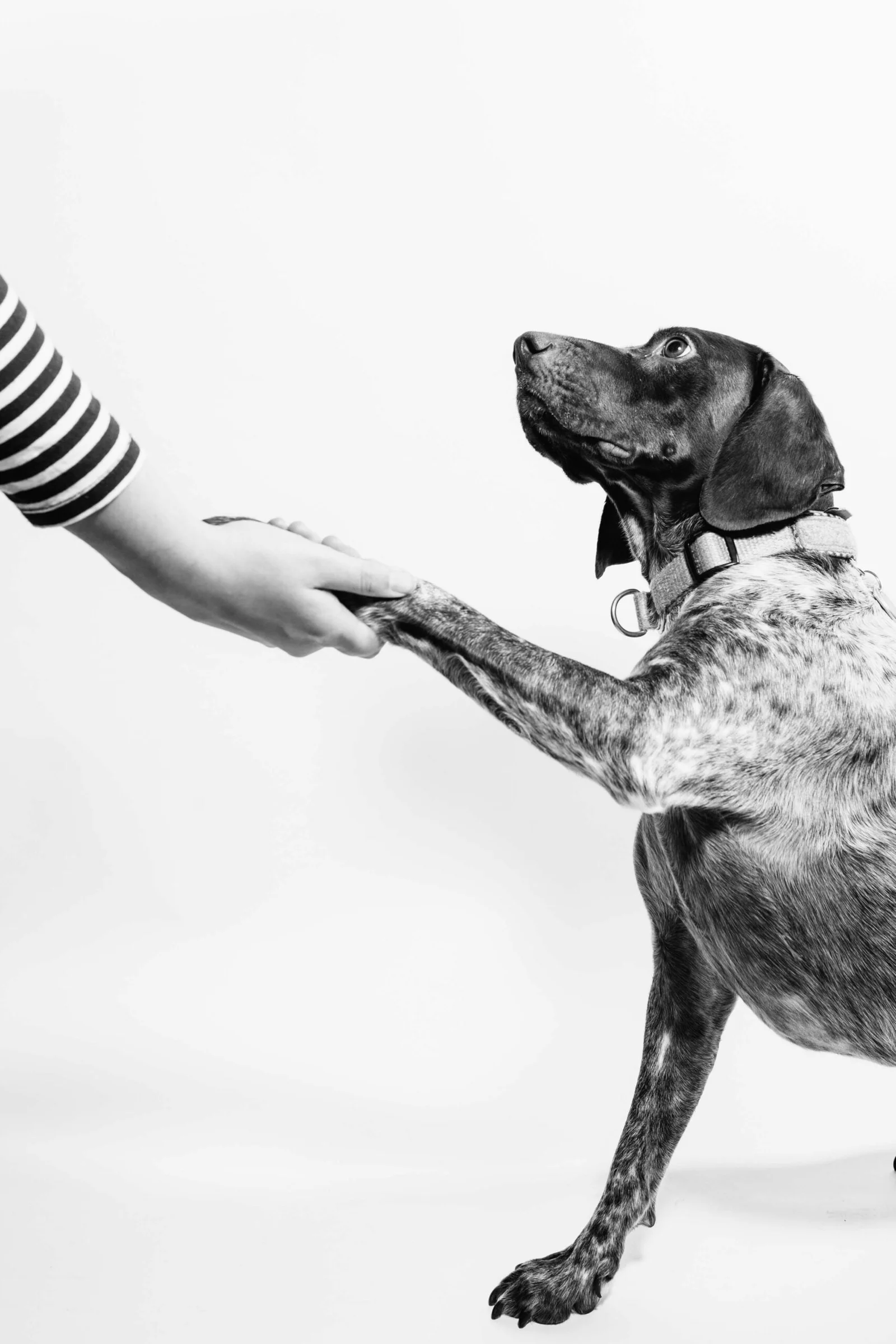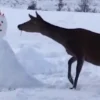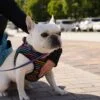Having a reactive dog can be a challenging and sometimes overwhelming experience. Whether your dog barks, growls, lunges, or shows aggression towards other dogs, it’s important to address this behavior as soon as possible. In this article, we will explore some of the top dog training techniques that can help you manage and improve your dog’s reactivity.
1. Positive Reinforcement Training
Positive reinforcement training is a highly effective method for dealing with dog reactivity. This technique involves rewarding your dog for calm and appropriate behavior around other dogs. By using treats, praise, and rewards, you can help your dog associate positive experiences with other dogs, gradually reducing their reactivity.
Start by finding a distance from other dogs where your dog is still able to remain calm. As soon as your dog notices another dog without reacting, immediately reward them with a treat and praise. Over time, gradually decrease the distance between your dog and other dogs while continuing to reward them for their calm behavior.
2. Counter Conditioning
Counter conditioning is another effective technique for managing dog reactivity. This method involves changing your dog’s emotional response to other dogs by pairing their presence with something positive.
For example, whenever your dog sees another dog, start giving them treats or engage them in a fun game. By consistently associating the presence of other dogs with positive experiences, your dog will begin to form positive associations, reducing their reactivity.
3. Desensitization
Desensitization involves gradually exposing your dog to the triggers that cause their reactivity in a controlled and positive manner. This technique helps your dog become more comfortable and less reactive when faced with their triggers.
Start by exposing your dog to a low-intensity version of their trigger, such as a distant dog. Reward your dog for remaining calm and gradually increase the intensity or proximity of the trigger over time. The key is to progress at a pace that allows your dog to remain calm and comfortable throughout the process.
4. Engage in Mental and Physical Exercise
A tired dog is generally a calmer dog. Engaging your reactive dog in regular mental and physical exercise can help reduce their reactivity. Mental stimulation, such as puzzle toys or obedience training, can help redirect their focus and provide an outlet for their energy.
Physical exercise, such as daily walks or playtime, can also help burn off excess energy and reduce anxiety. A tired dog is less likely to react strongly to triggers, making training and behavior modification more effective.
5. Seek Professional Help
If your dog’s reactivity is severe or if you’re struggling to make progress on your own, it’s important to seek professional help. A qualified dog trainer or behaviorist can assess your dog’s behavior, provide personalized training plans, and guide you through the process.
They can also help you understand the underlying causes of your dog’s reactivity and provide additional tools and techniques to address the issue effectively. Remember, there’s no shame in asking for help, and seeking professional assistance can make a world of difference for you and your dog.
In conclusion, dealing with dog reactivity requires patience, consistency, and the right training techniques. By using positive reinforcement, counter conditioning, desensitization, engaging in mental and physical exercise, and seeking professional help when needed, you can help your reactive dog become calmer and more comfortable around other dogs.
Remember, every dog is unique, and what works for one dog may not work for another. Be patient, stay consistent, and celebrate even the smallest victories along the way. With time and effort, you can help your reactive dog become a happier and more well-adjusted canine companion.




jx494x
маркетплейс аккаунтов магазин аккаунтов
w5ygyb
Account Market Accounts market
Marketplace for Ready-Made Accounts Account Market
Account exchange Buy Account
sell pre-made account account trading
account trading platform account buying service
sell account website for buying accounts
gaming account marketplace website for buying accounts
accounts market account catalog
buy and sell accounts account buying service
account selling service https://social-accounts.org
account acquisition purchase ready-made accounts
accounts marketplace online account store
account selling service https://best-social-accounts.org/
find accounts for sale account market
purchase ready-made accounts accounts marketplace
account trading sell accounts